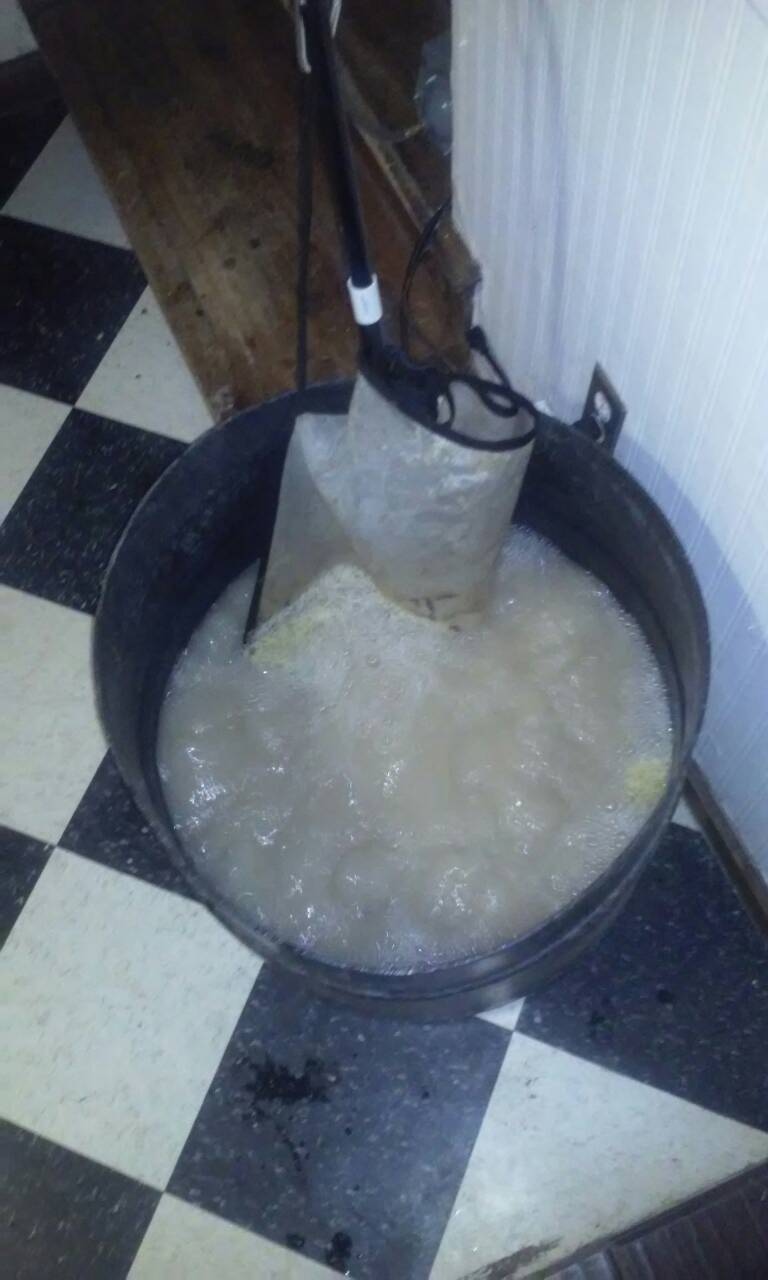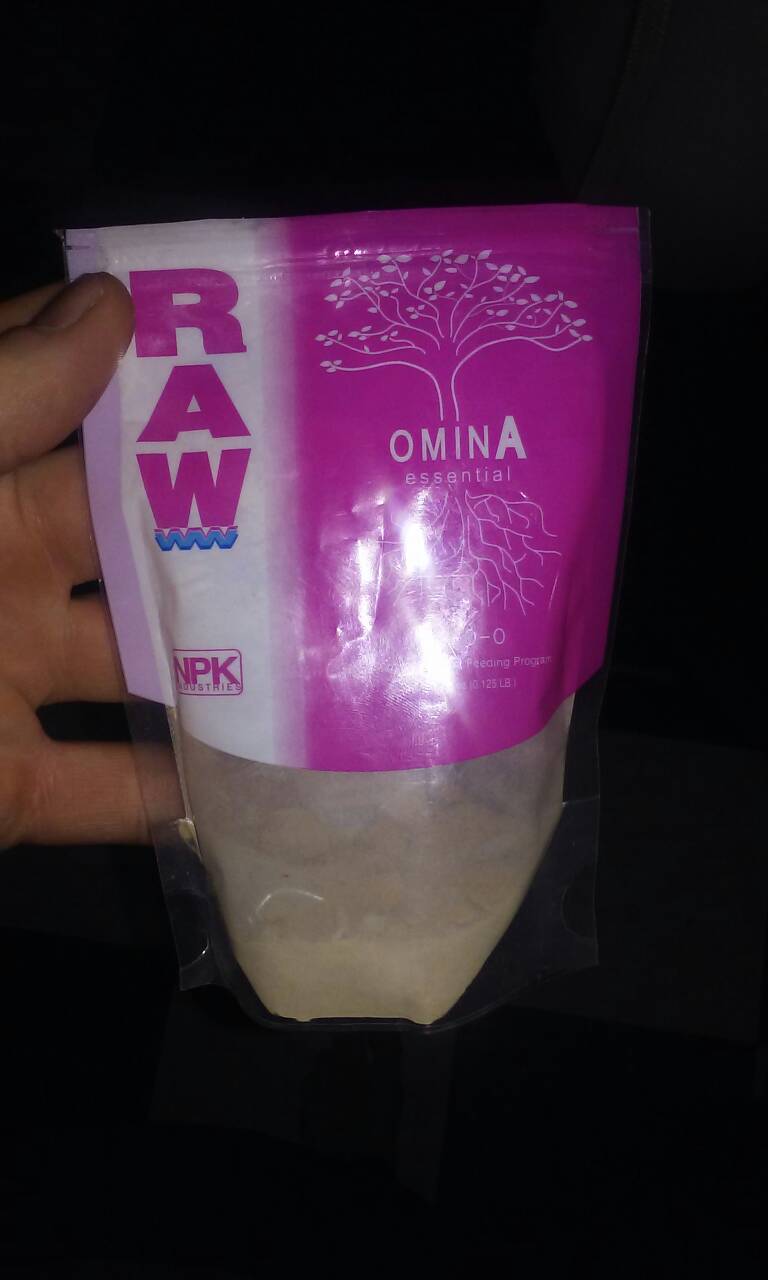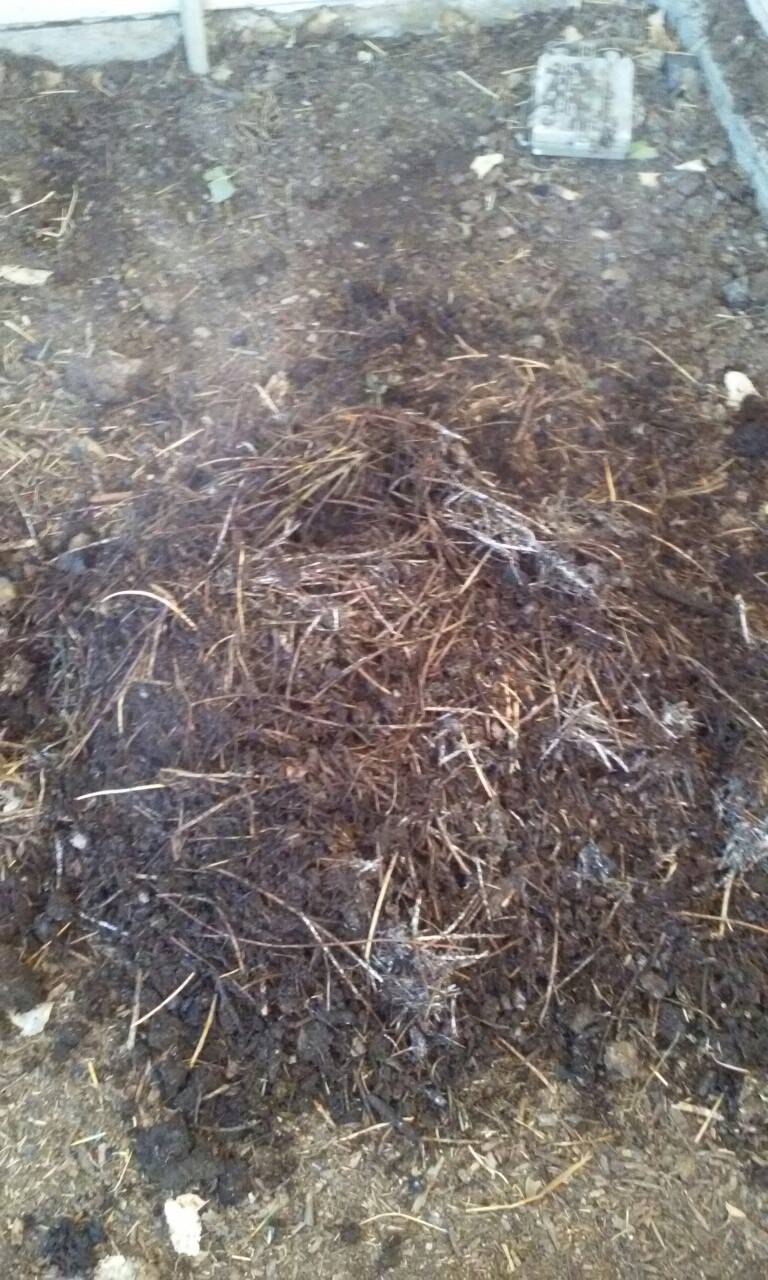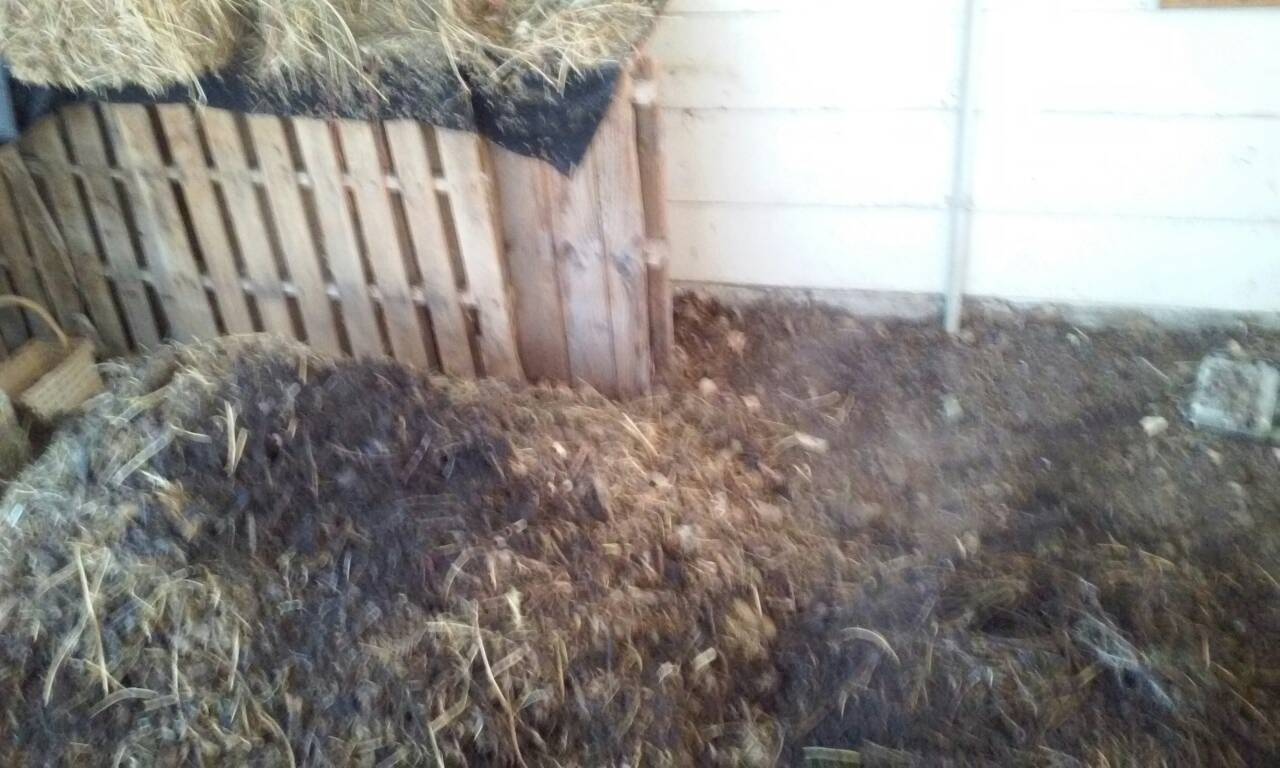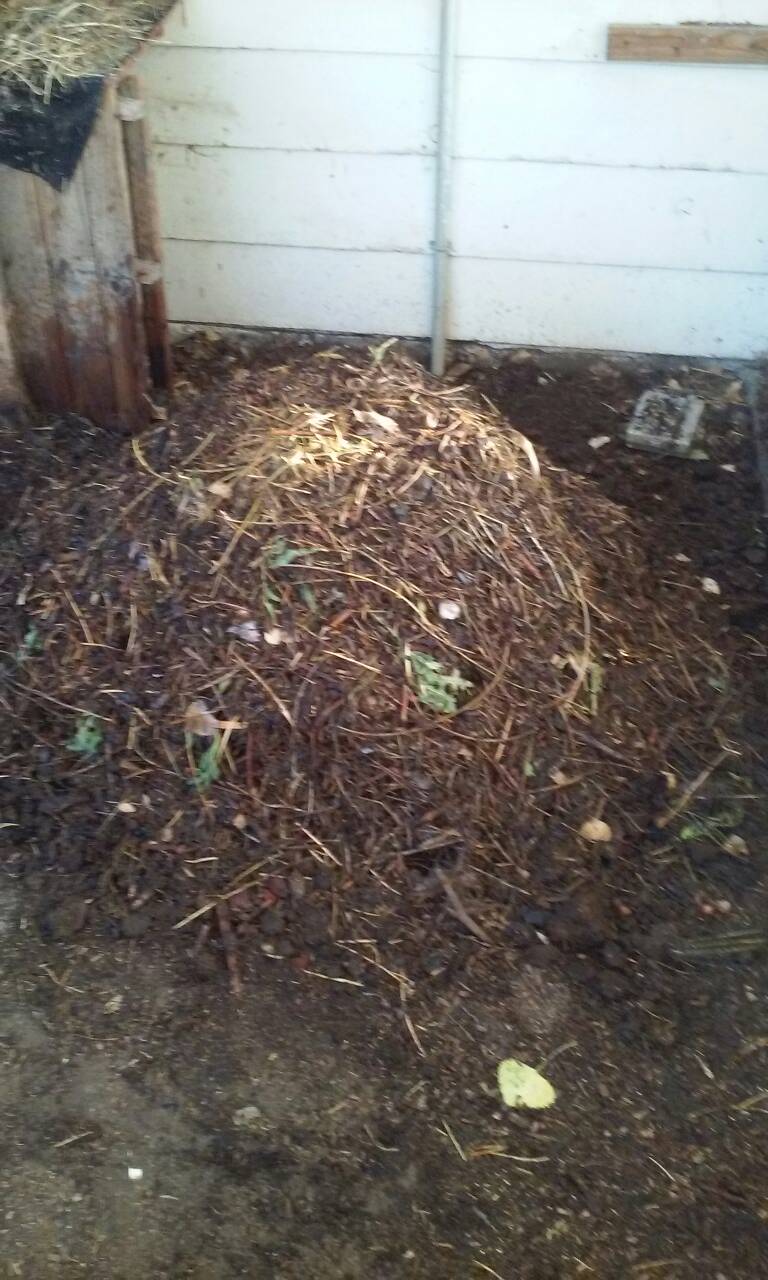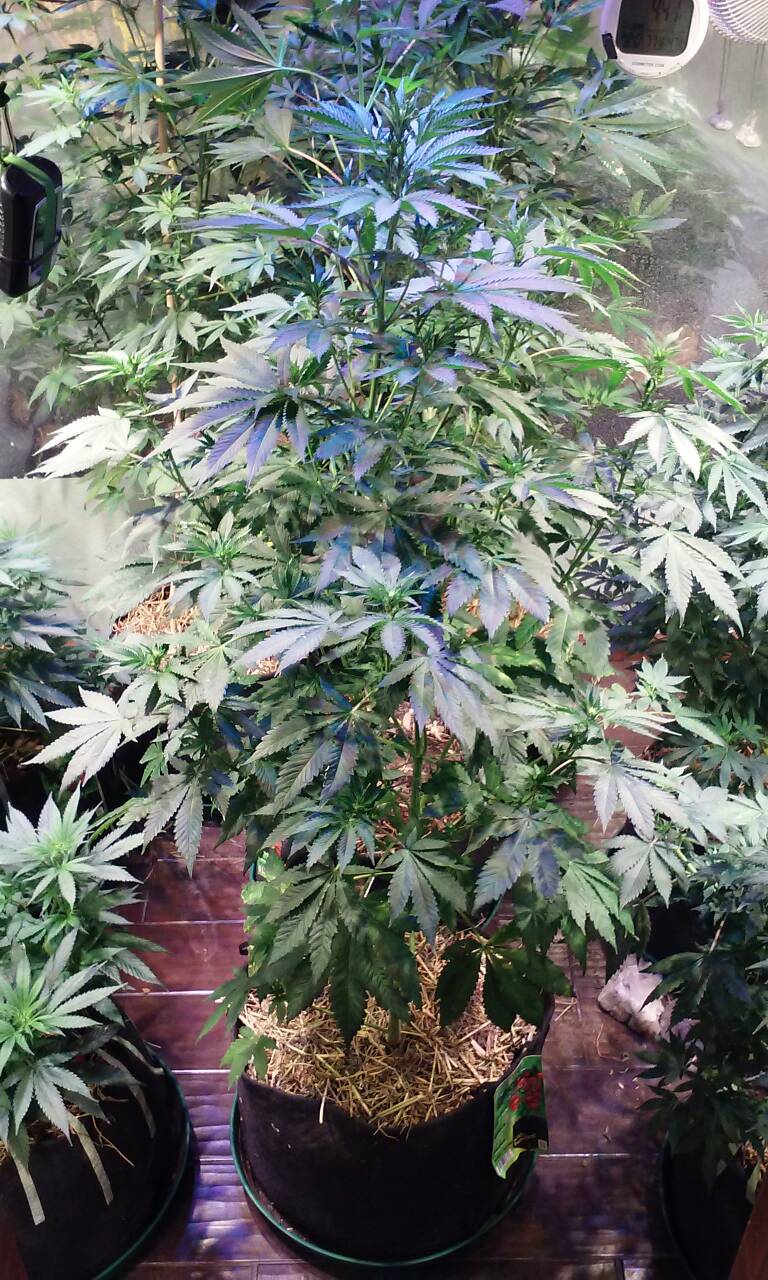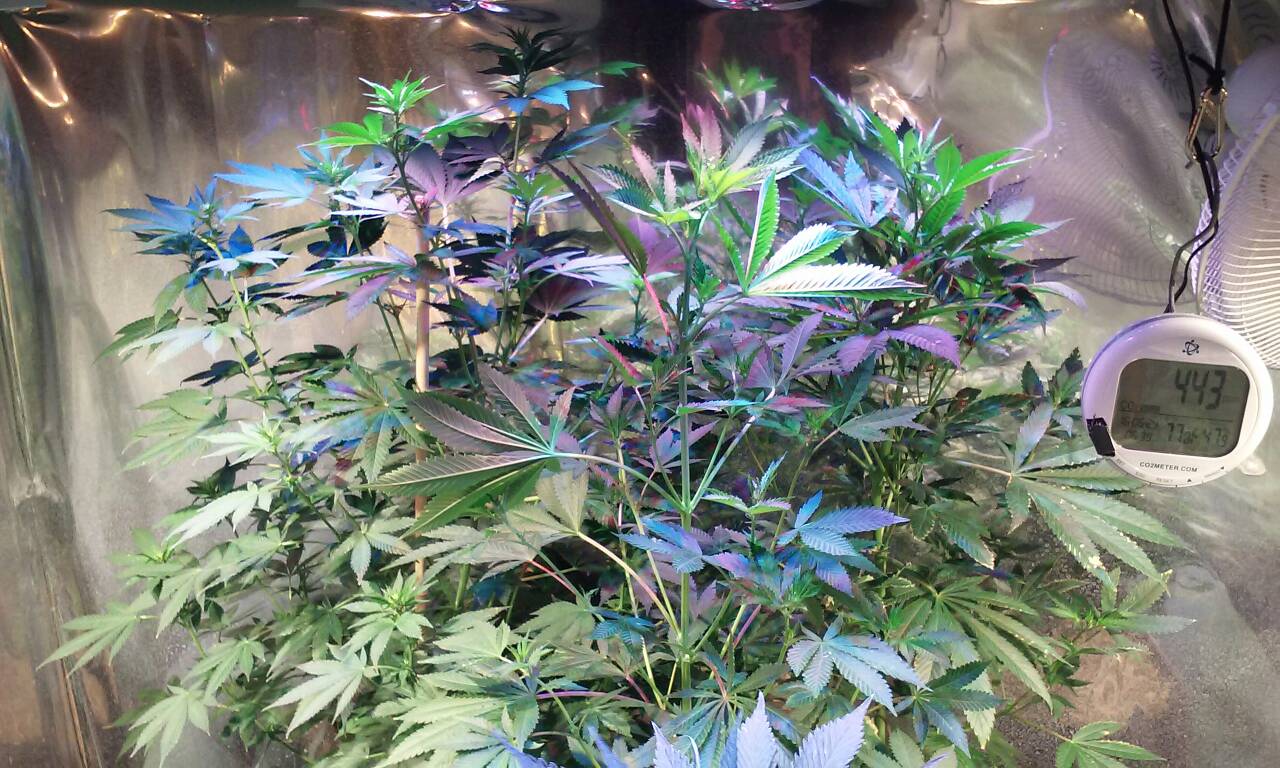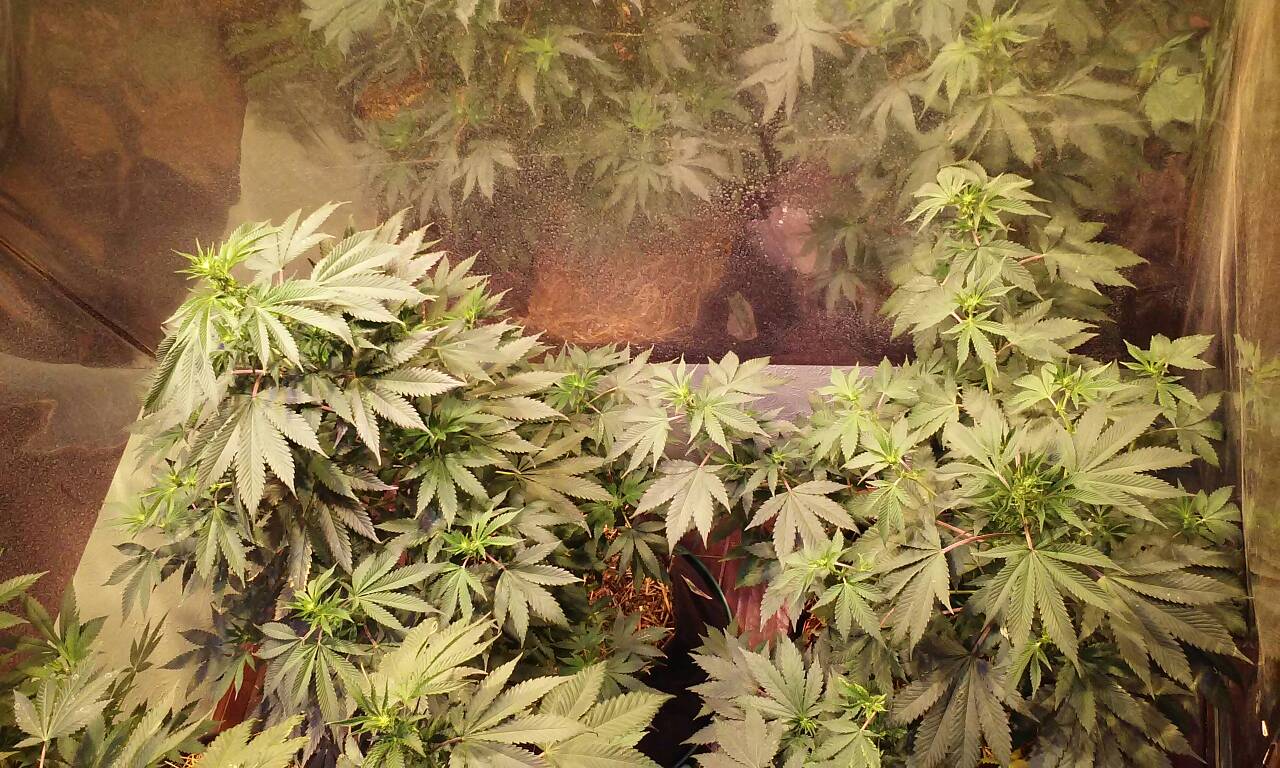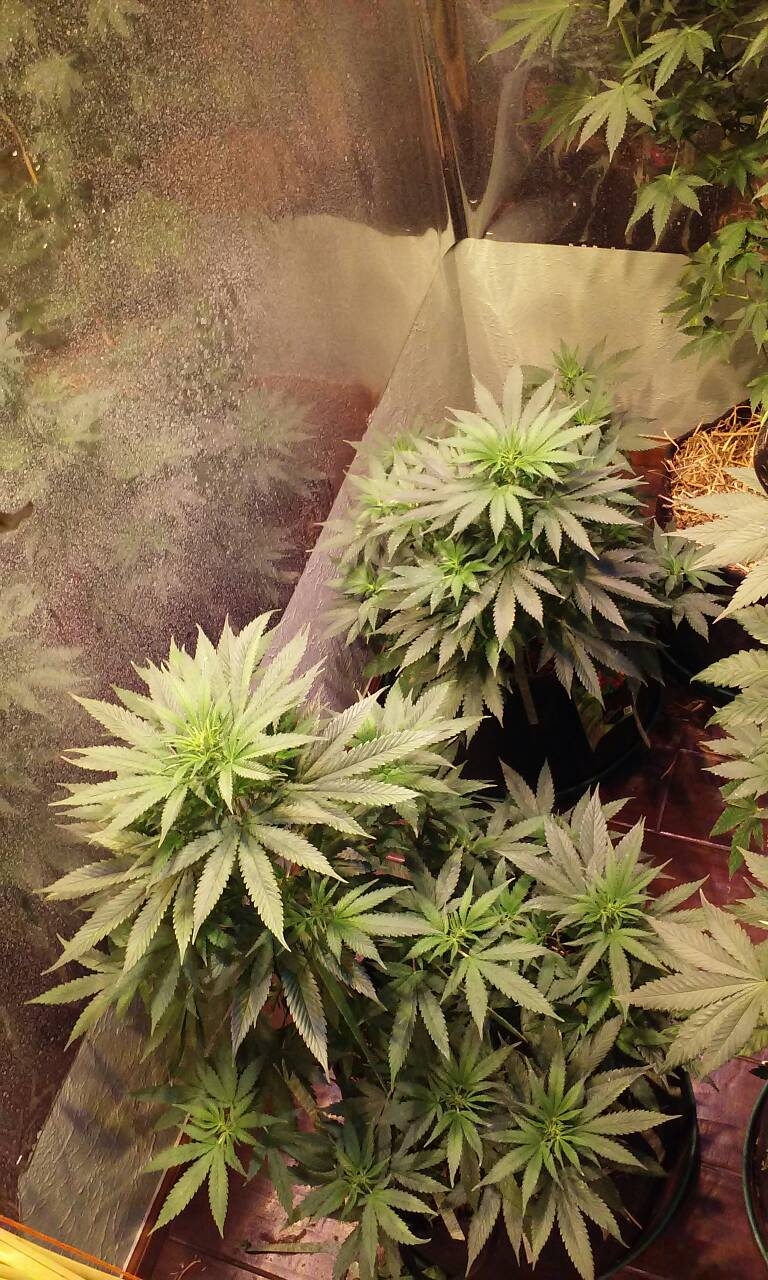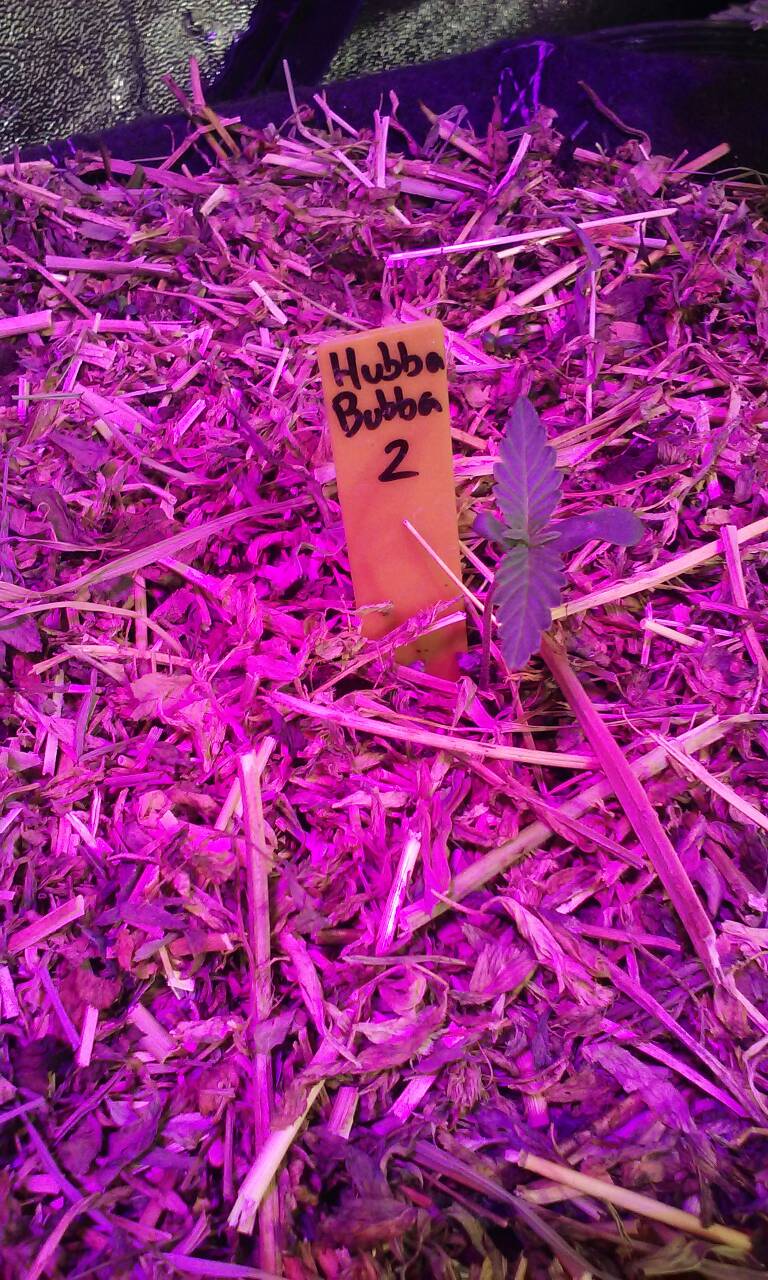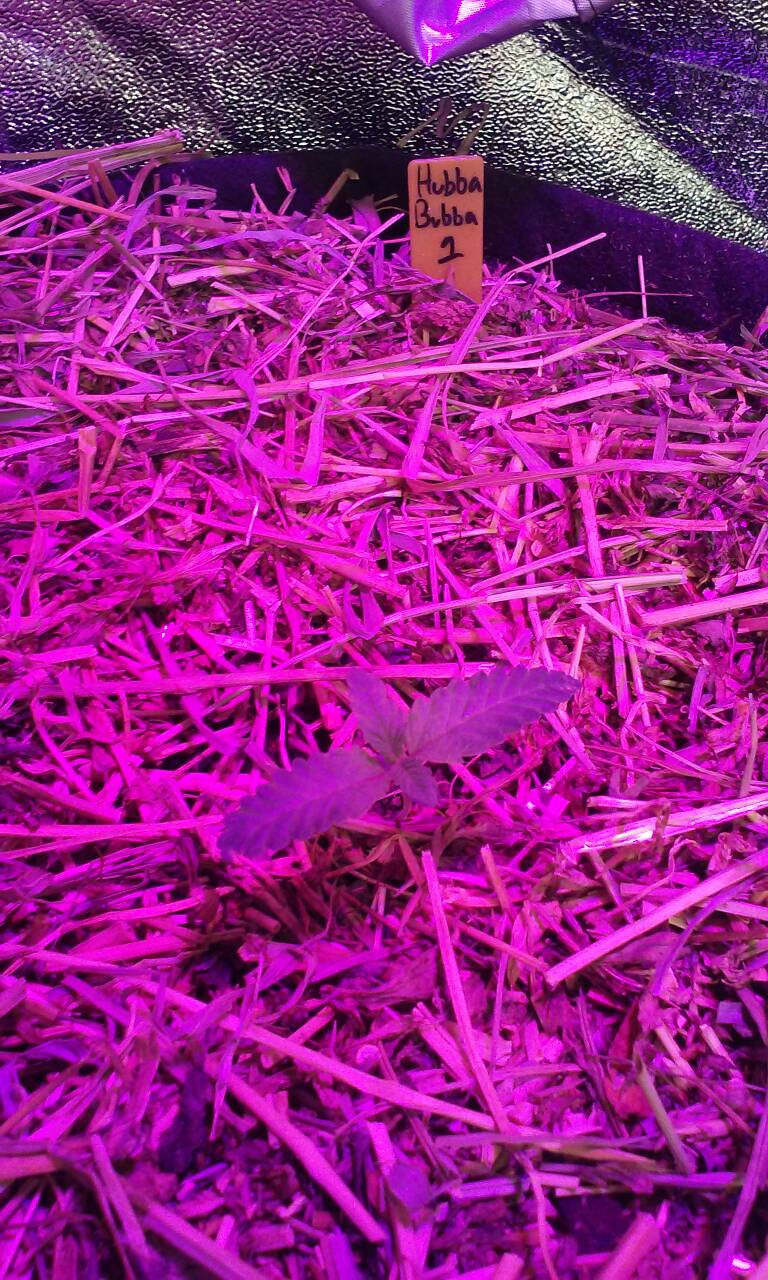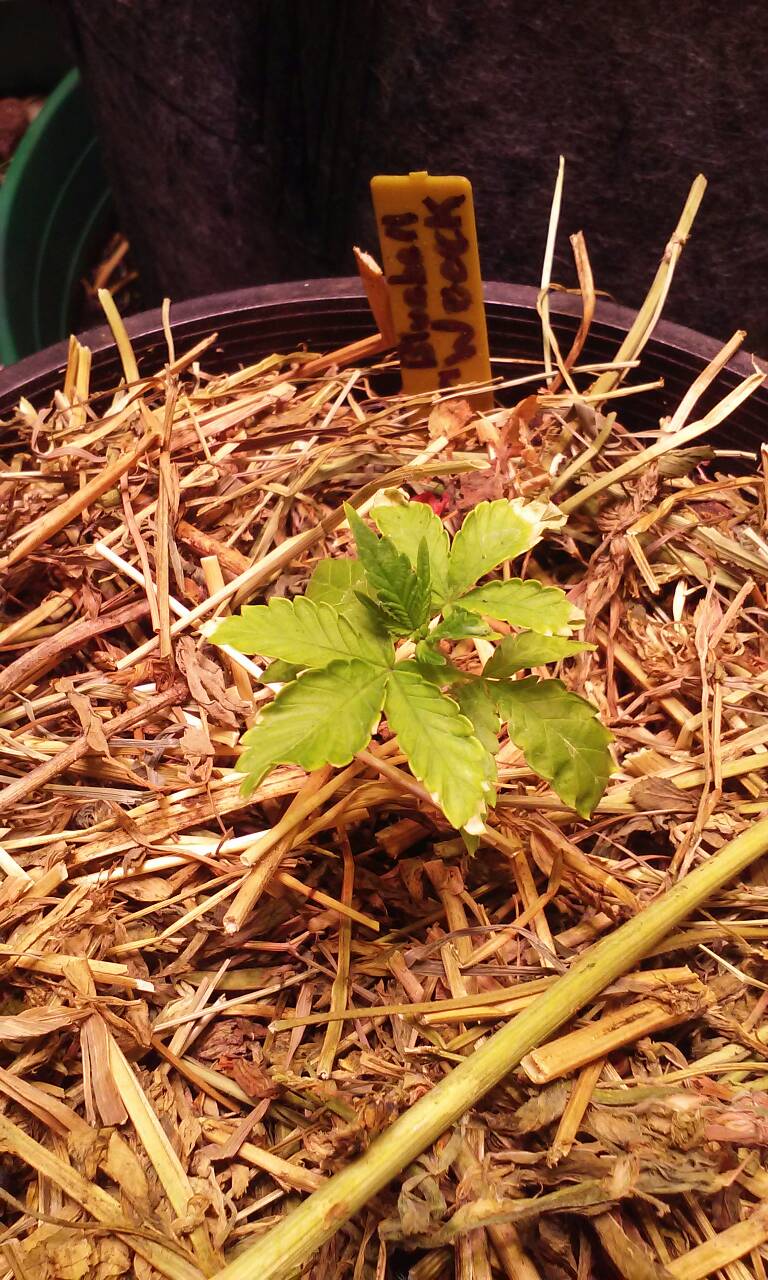Having trouble logging in with the app so no pics.
Did you manage to fix your issue?
And how are the plants (and the light, lol) doing? I just discovered your journal a little while ago when searching for ones that are using Amare Technologies products, so I have not read through it yet. But I will do so later tonight, starting from post #1.



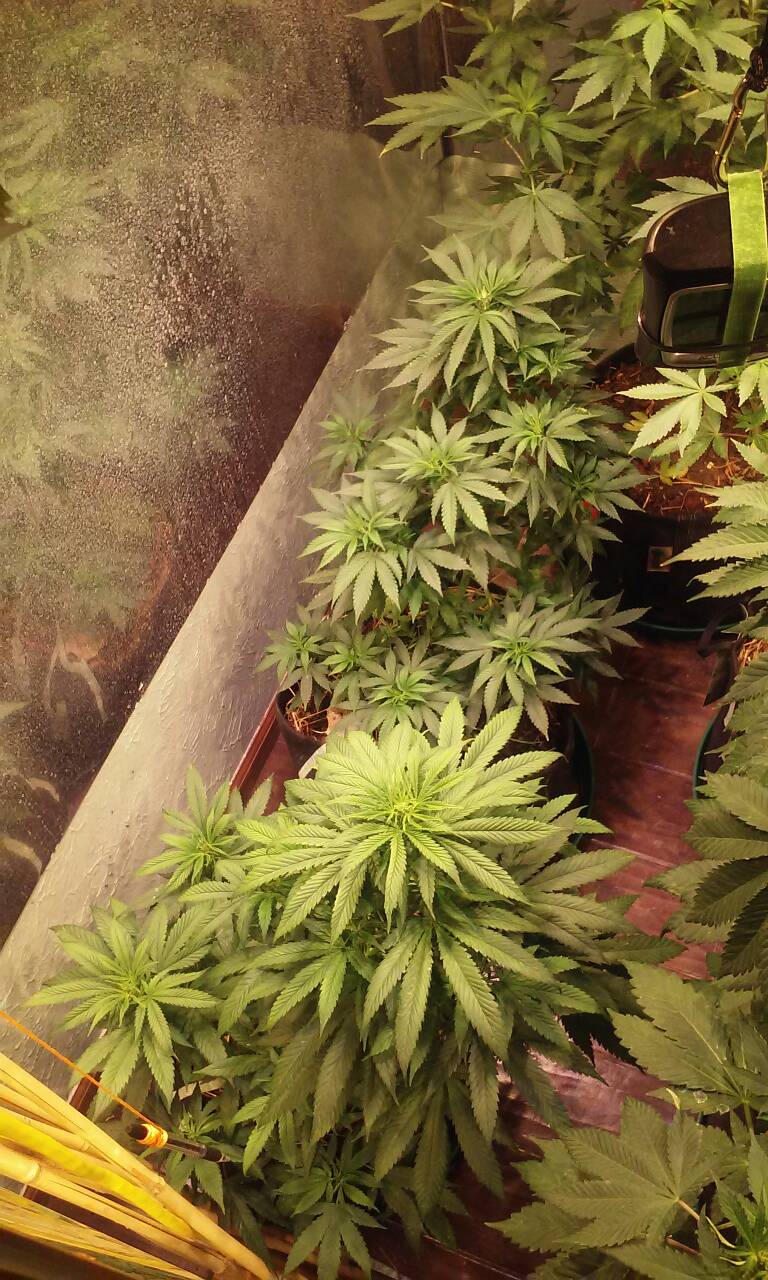
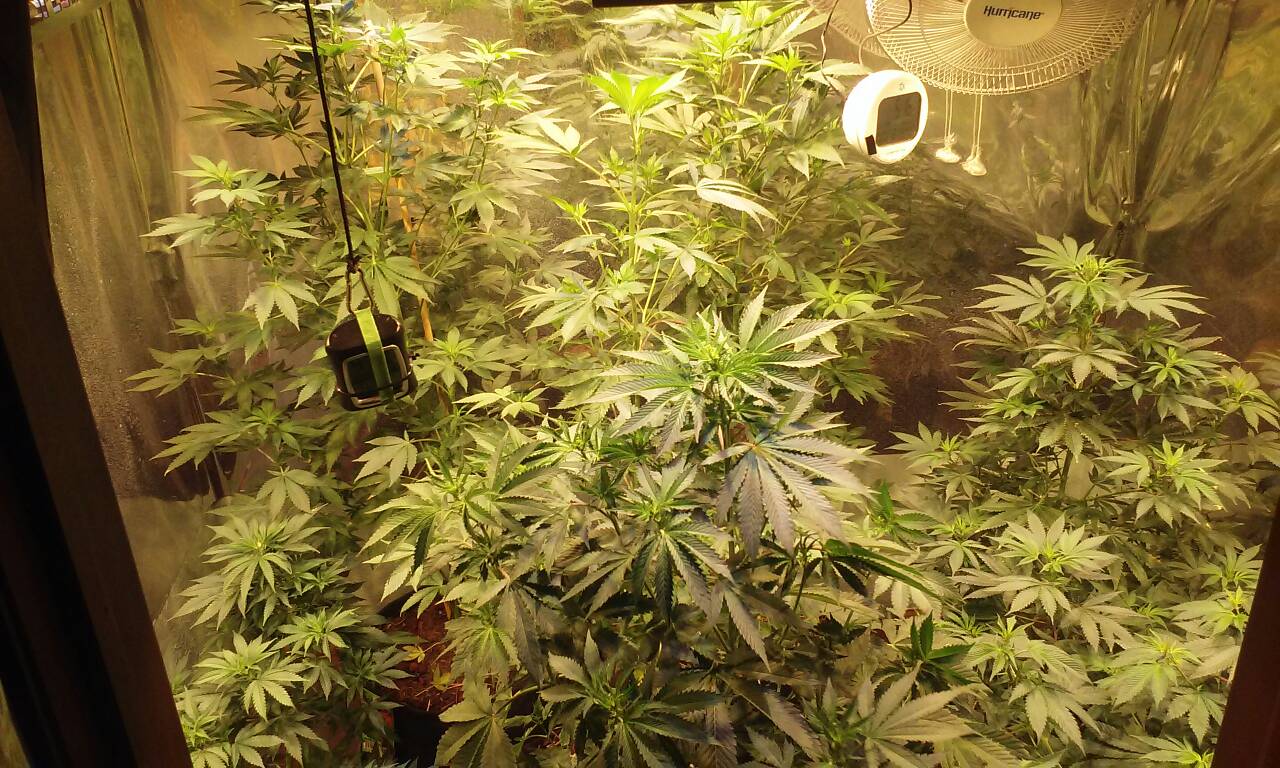
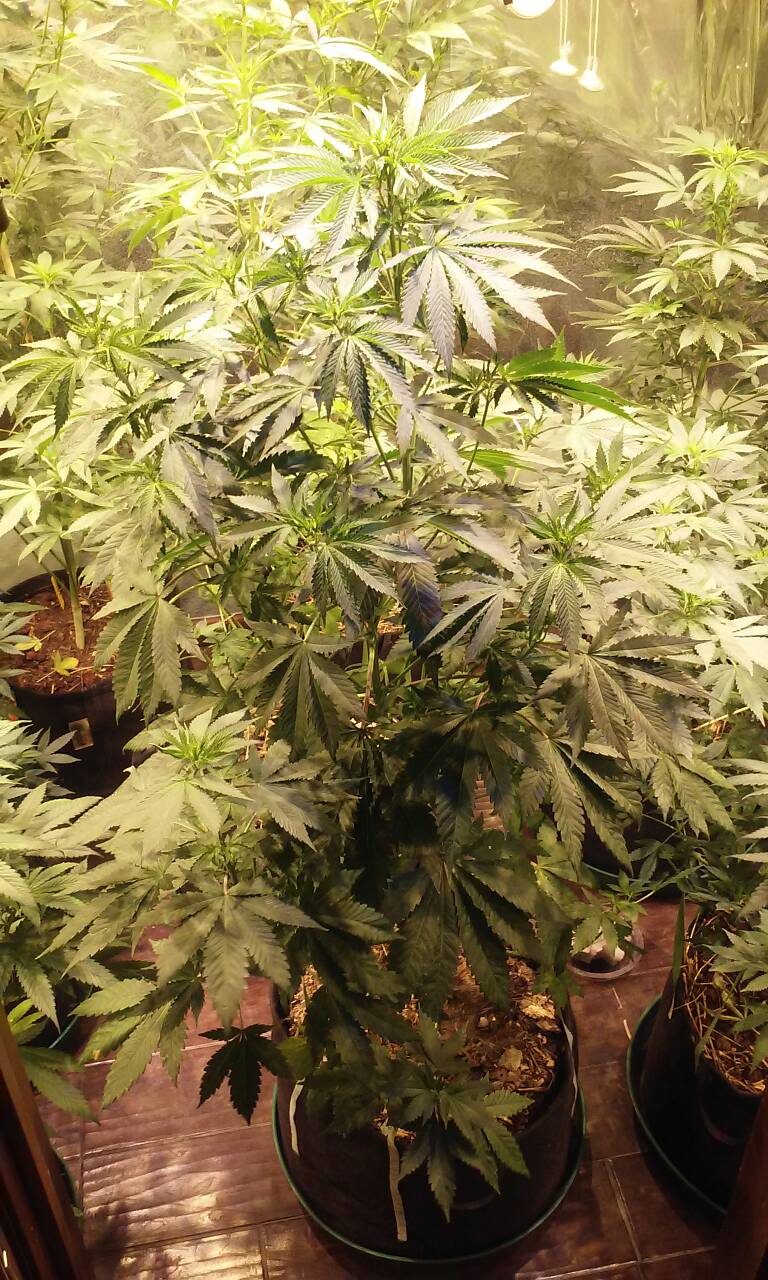
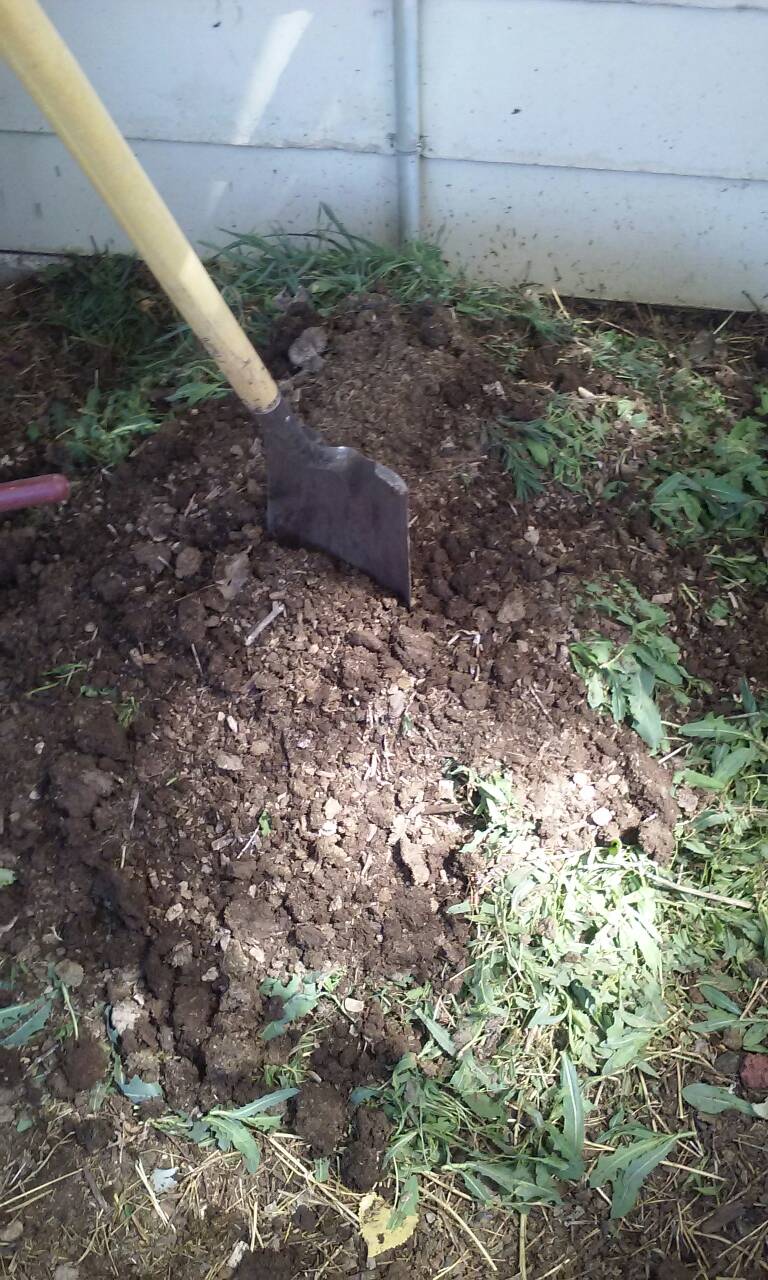
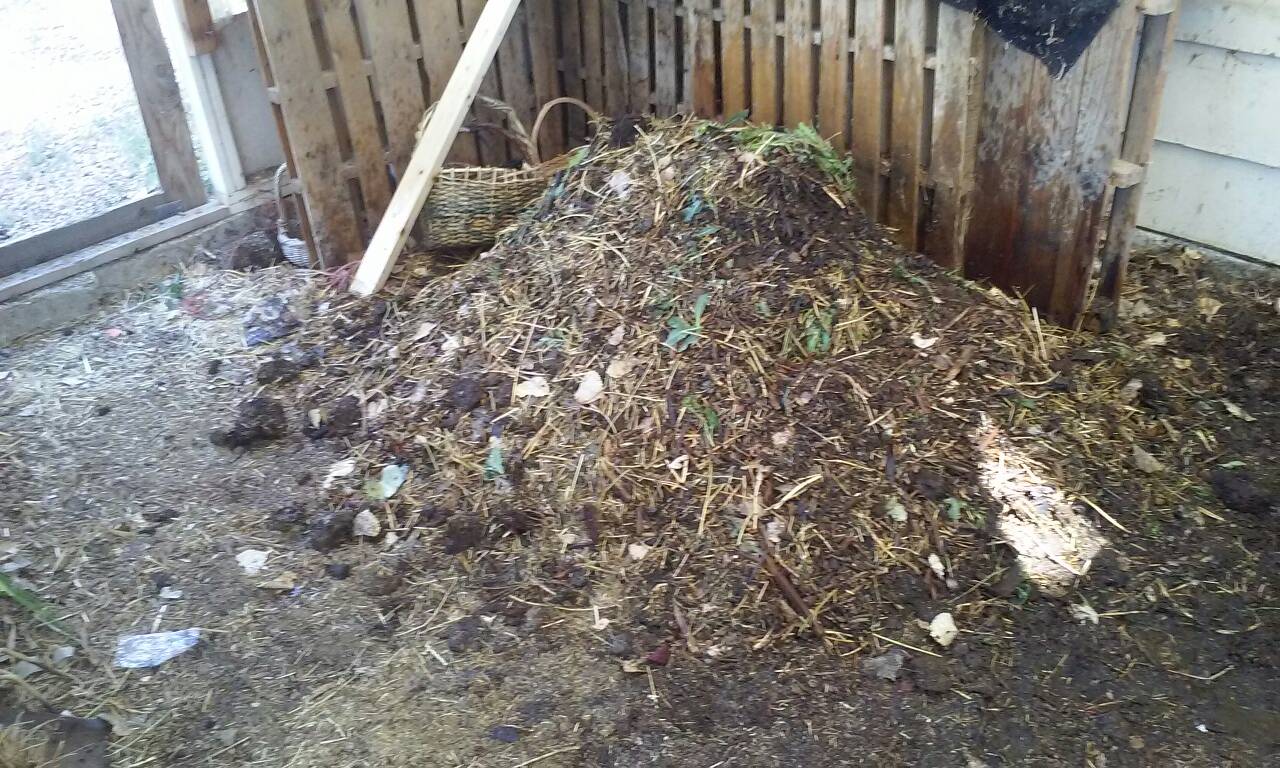
 . Is there something all over the wall on the left side of the first picture? If so, isn't it hurting/decreasing the reflectivity of that wall?
. Is there something all over the wall on the left side of the first picture? If so, isn't it hurting/decreasing the reflectivity of that wall?